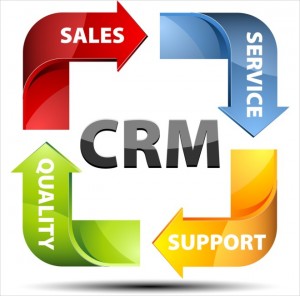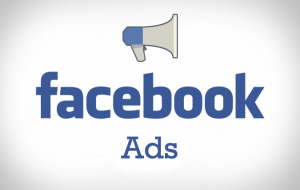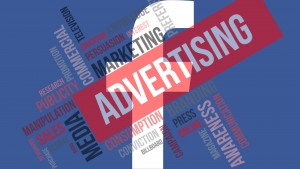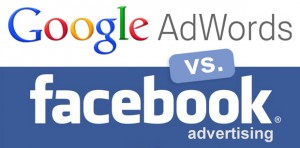In today’s hyper social world, customers are likely to voice a complaint or offer a compliment about your product, service or business on Twitter or Facebook. And woe to the organization that does not acknowledge or respond to that Facebook or Twitter post promptly
These days, it is difficult to separate social media management from CRM, hence the increasing number of social CRM services. But just having a social CRM offering is not enough. Just like any technology, you have to first pick a customer engagement and management solution that is right for your organization and create a strategy and guidelines around using it (Schiff, 2013).
An active social media presence is more and more about how customers form opinions on which brands they like and which they don’t. Social CRM is a buzzword for sure but it’s one worth some thought on how the strategy behind it can color a business’ public perception. In a world where your followers are your customers, and where what you post or tweet can be screenshotted in an instant, it’s absolutely critical to have a plan and Social CRM can definitely help (Marvin, 2016).
More than 60% of users interact with brands on social channels.
Twitter-users post an average of 500 million tweets every day, which means that social media is generating a higher volume of data on customer-brand interactions, which can be leveraged for better insights and more targeted marketing and support.
Social channels are about instantaneous communication, and customers expect companies to respond within an hour (Bennett, 2014).
Simply put, your customers want to be acknowledged.
But social CRM is not just about having conversations on social media or writing blogs for your company website.
Social CRM is built around the process of communicating and engaging across online communities. The conversations can take place on individual social media platforms, or on blogs, forums, and third party review sites.
A strong social engagement strategy allows businesses to remain in constant contact with their customers by providing excellent social care, advancing brand interests, and responding to feedback in a seamless cycle (Bober, 2016).
Managing Customer Relationships
As noted above, customers expect a high level of service. Regardless the quality of the product or service provided, they will not stay loyal on a long-term basis unless they are treated properly before, during and after a sale.
So we will cover some ways to manage the customer relationships.
Communicate with costumers, regular interaction with customers will help build trust and loyalty. If the customers believe that the company is communicating with them openly, they will feel their relationship with the company is one of mutual trust.
Use every channel possible to talk to customers. This does not just include Social Media, it can also be emails and telephone.
Measure costumer satisfaction levels. Gathering regular feedback and monitoring customer satisfaction is essential to maintain high standards of customer care.
You need to be constantly in touch with customers’ needs and market developments to keep a step ahead of competitors (The Marketing Donut, 2016).
Concusion
CRM is all about using the latest technology to make interactions between customer and company pleasant for the customer and fruitful for the company by squeezing out every drop of information given. Lately, that is meant using lots of automation software and cloud-based solutions that make CRM interactions faster, more intuitive, and ubiquitous in terms of UX across whatever device the customer is using.
Companies want to interact with users where they live. In today’s hyper-connected, always plugged-in world, that means reaching out to customers on social media platforms in a way that doesn’t feel like an invasion of privacy.
Social media is still a rapidly evolving internet phenomenon. The way users interact with social media is very different now than it was in 2010. Both companies and customers need to start to think about business as more online based in this day and age (Harrigan, et.al, 2014).
References
Ballings, M & Van den Poel, D. (2015). CRM in social media: Predicting increases in Facebook usage frequency. European Journal of Operational Research. 244 (1), p248-260.
Bennett, S. (2014). How Social Media Is Transforming Customer Relationship Management. Available: http://www.adweek.com/socialtimes/social-media-crm/498921. Last accessed 3rd May 2016.
Bober, K. (2016). A Facebook Page is Not Enough: An Intro to Social CRM Done Right. Available: http://www.clarabridge.com/a-facebook-page-is-not-enough-an-intro-to-social-crm-done-right/. Last accessed 3rd May 2016.
Harrigan, P, Soutar, G, Choudhury, M & Lowe, M. (2014). Modelling CRM in a social media age. Australasian Marketing Journal. 23 (1), p27-37.
Marvin, R. (2016). Social CRM: Where Social Media Meets Customer Engagement. Available: http://uk.pcmag.com/hootsuite-pro/71279/opinion/social-crm-where-social-media-meets-customer-engag. Last accessed 3rd May 2016.
Schiff, J.L. (2013). 17 Tips for Achieving Social CRM Success.Available: http://www.cio.com/article/2385481/customer-relationship-management/17-tips-for-achieving-social-crm-success.html. Last accessed 3rd May 2016.
The Marketing Donut. (2016). Managing your Costumer Relationships.Available: http://www.marketingdonut.co.uk/marketing/customer-care/understanding-your-customers/managing-your-customer-relationships. Last accessed 3rd May 2016.









